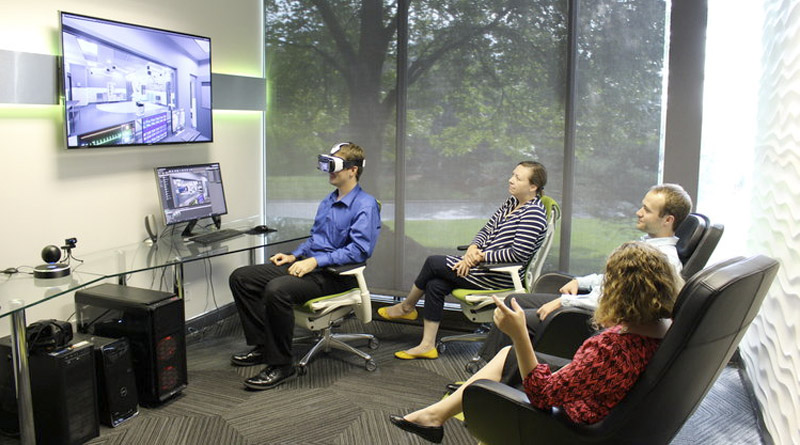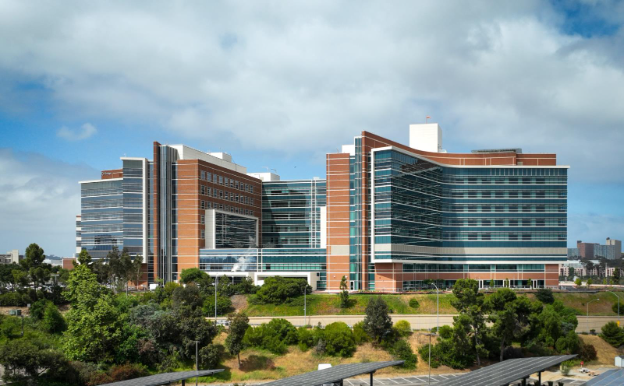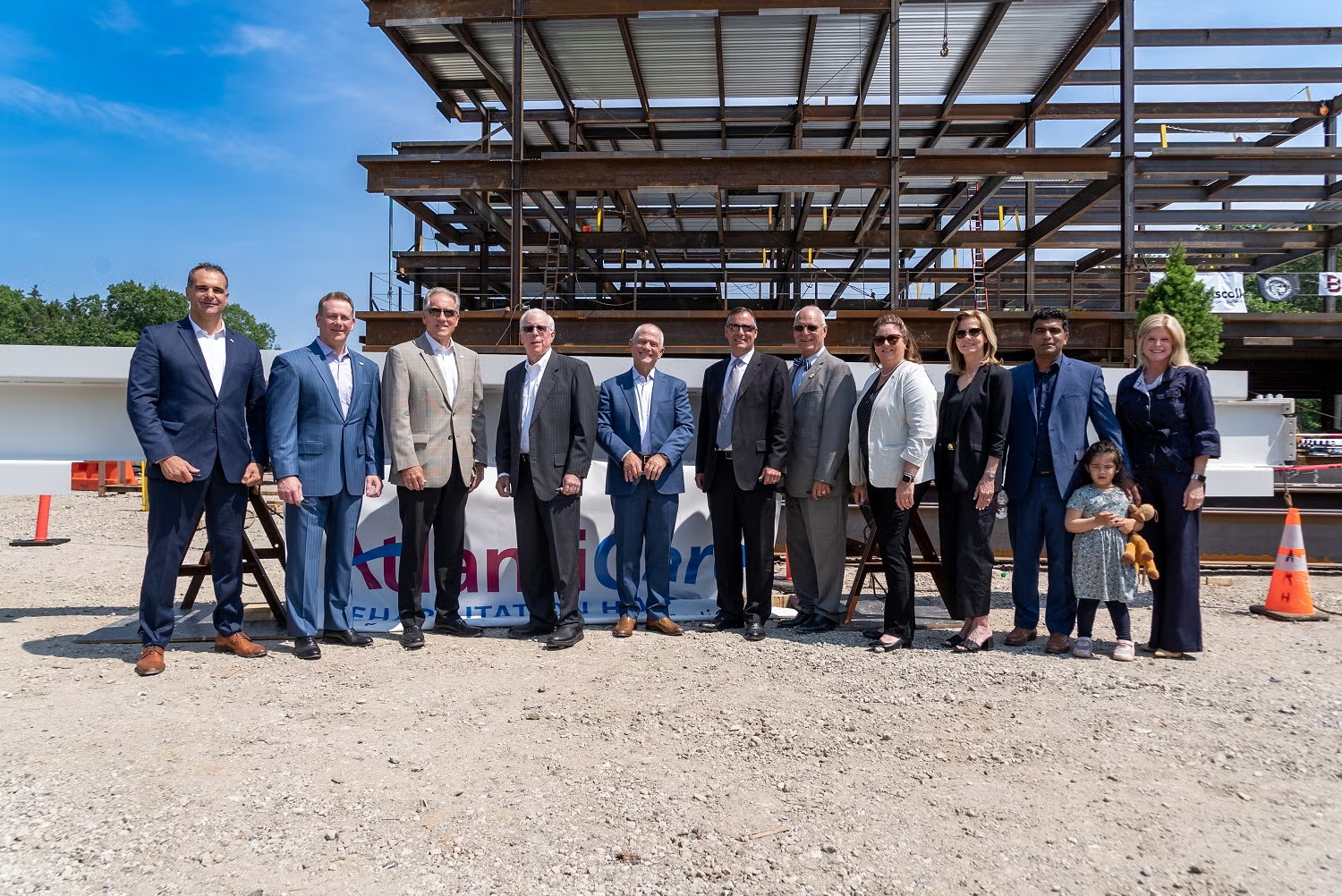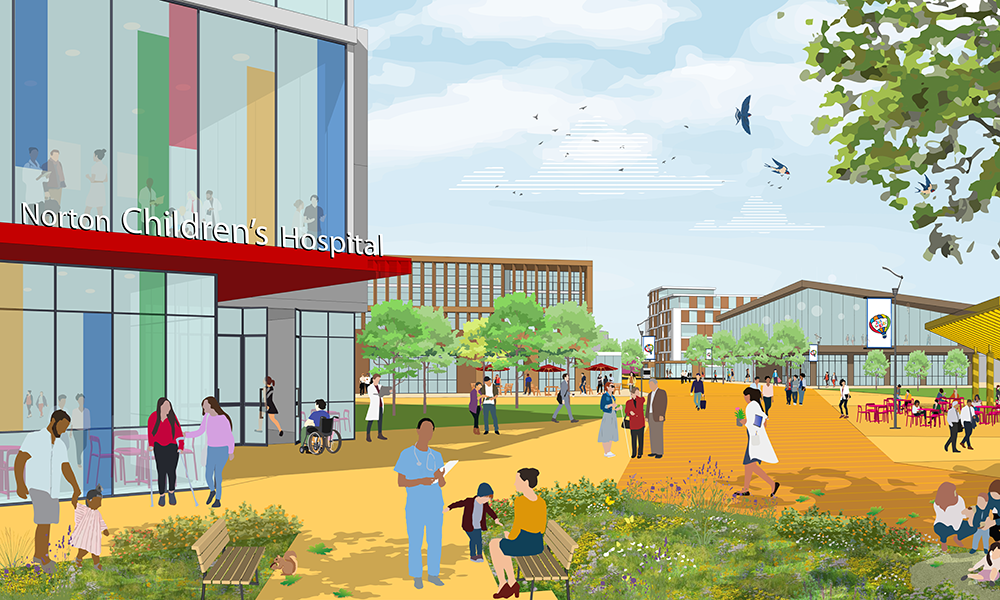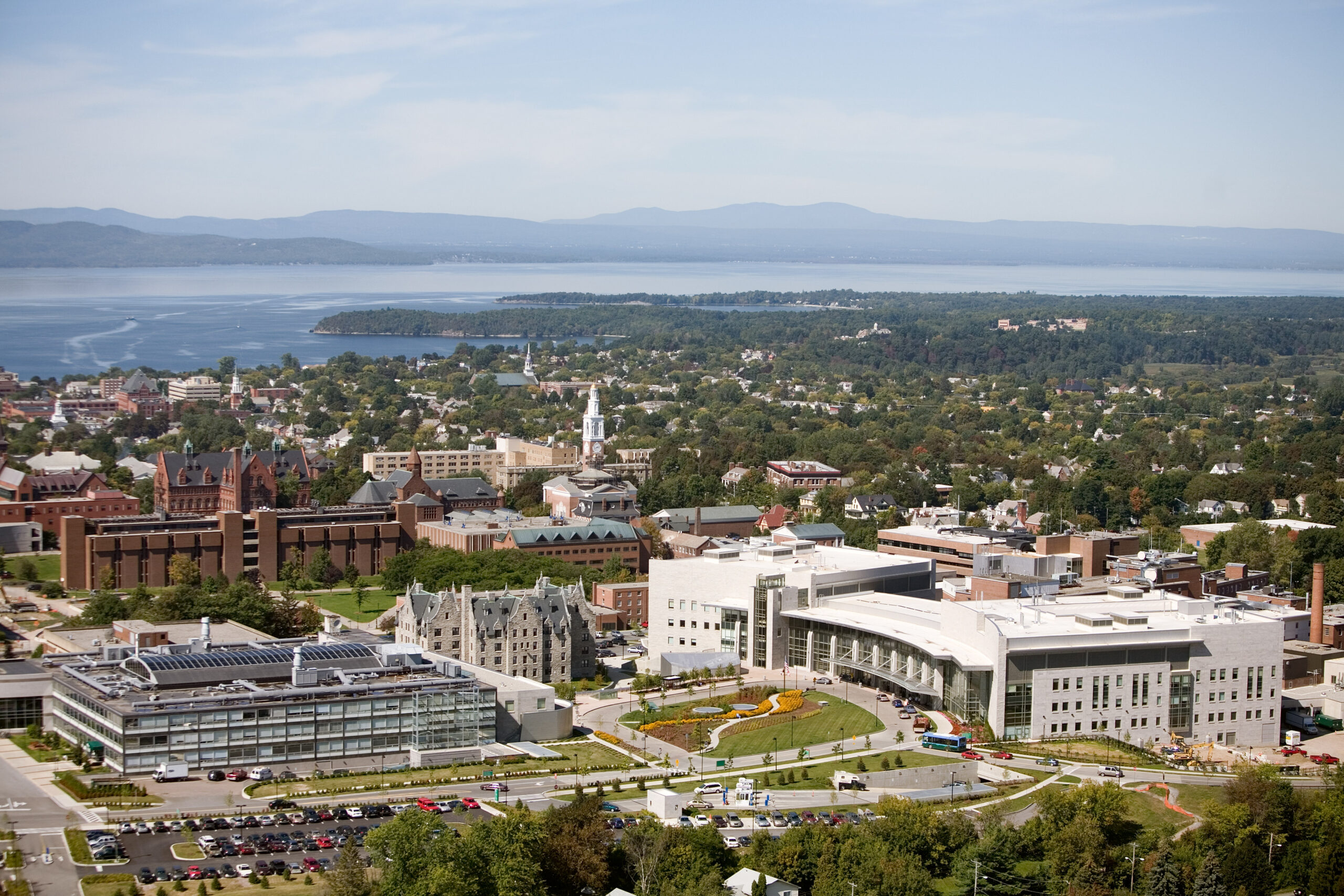OVERLAND PARK, Kan. — Architecture firm Pulse Design Group, based in Lenexa, Kan., is using a new trend to help plan and design the new $100 million Indian Creek Campus in Overland Park for the University of Kansas Hospital. The firm is using virtual reality (VR) to give clients and project members a chance to see a detailed rendering of the new hospital expansion, including an inside look at operating rooms, equipment, layout and more.
“It’s very valuable for highly complex rooms such as cath labs (or examination labs),” said Richard Embers, principal at Pulse Design Group, to the Kansas City Journal. “Most clients aren’t designers. This just helps bridge that communication gap. That’s the goal here, to reduce the number of change orders and reduce delays.”
The project — which is slated for completion in 2018 — will span 122,507 square feet, and is currently in the early stages of development. However, using VR, designers have already delivered models of the hospital’s exterior, according to the Kansas City Journal. Construction on the hospital broke ground in July 2016. Once complete, it will feature eight new operating rooms, 18 inpatient rooms and shelled-in space for the future addition of 17 inpatient beds to accommodate growth. The new facility — being built by Kansas City, Mo.-based general contractor JE Dunn — will be connected to University of Kansas Hospital’s existing Indian Creek surgical building, which includes seven operating rooms and 19 inpatient beds.
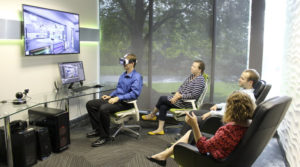
Pulse Design Group, which has worked with the University of Kansas Hospital on various projects for the past 15 years, has used VR for project planning and designing since 2013. In addition, the architecture firm recently partnered with the Center for Design Research (CDR) at the University of Kansas to develop a VR laboratory and curricula, according to Pulse Design Group’s website. The new program launched this fall and will transform the way students visualize concepts and share design ideas.
“Through the generosity of Pulse Design Group, CDR students will now be enabled to expand their creativity in visualizing and application of areas previously unavailable. Pulse Design Group has created the catalyst to establish a virtual program that will advance the education of our students in an emerging technology with unlimited industry application,” said Gregory Thomas, professor of design at KU’s School of Architecture, Design and Planning, and director of the Center for Design Research, in a statement.
While the popularity of VR is increasing, the learning possibilities are also expanding. Worldwide there are currently 43 million active users and that number is anticipated to increase to nearly 171 million active users by 2018, according to a statement from Pulse Design Group. This growth will potentially translate into a $40 billion industry for VR software and hardware combined by the year 2020.
“It’s the ultimate communication tool,” said Richard Embers, principal of Pulse Design Group, in a statement. “We can now put our clients inside a proposed space before anything is built. The virtual environments that we can create mimic the end result so closely, allowing our clients to experience and understand the final product during the early stages of design.”


